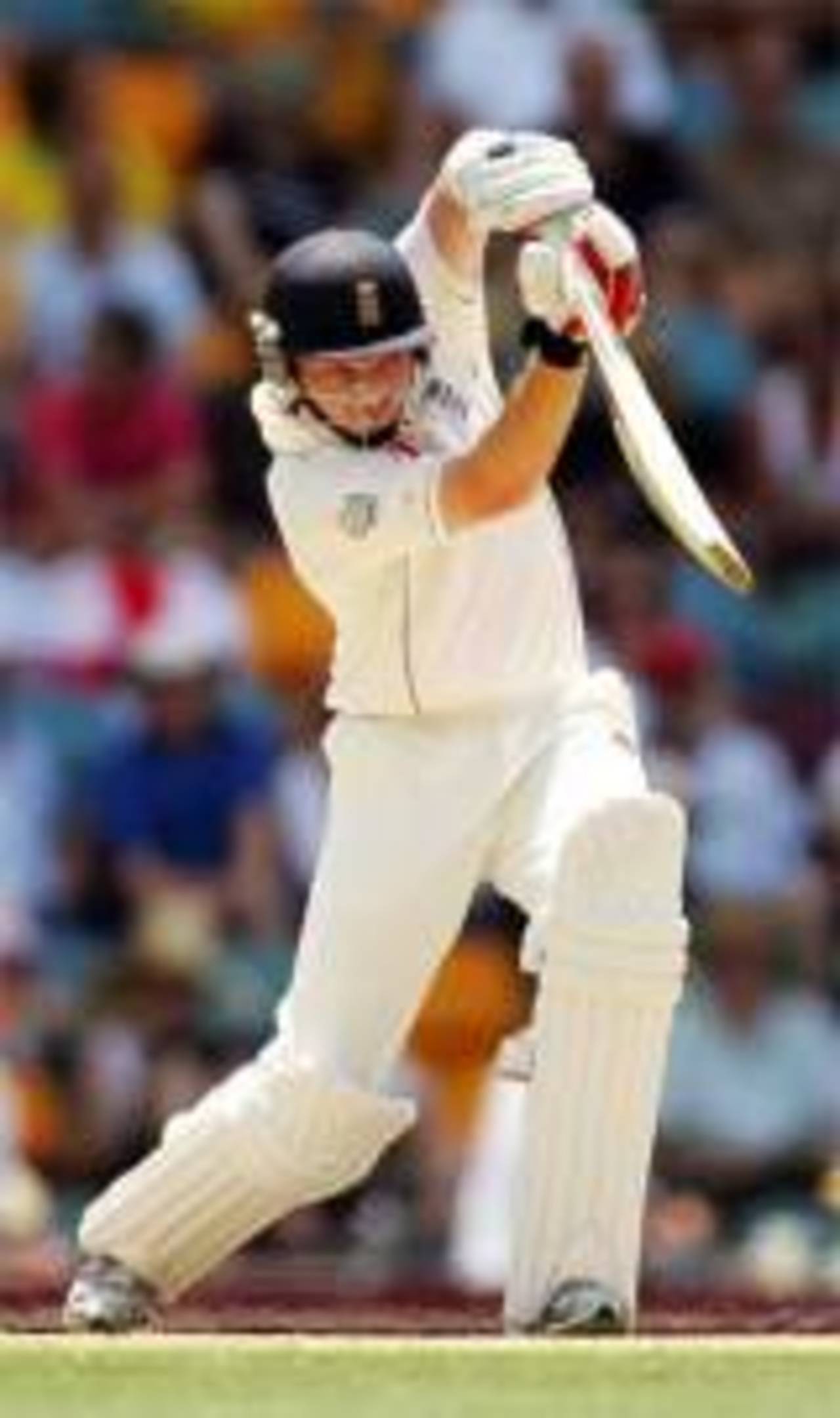There are many players in this series who have no real counterpart in the opposing team. Geraint Jones doesn’t bear much resemblance to Adam Gilchrist. Kevin Pietersen has little in common with Mike Hussey. And Shane Warne couldn’t easily be mistaken for either of England’s slow left-armers. But there are two players whose career paths have been quite similar: Michael Clarke and Ian Bell.
They’re both boyish, blondish right-handers who know what it is to be the great white hope of their country’s batting. Clarke is the only young cricketer in Australia who has been a regular in the Test team. At 25, he has played 24 Tests, scoring 1324 runs at an average of 40. Bell, a year younger, has played 20 Tests, making 1423 runs at an average of 45, which comes down to 38 if you discount the bonanza he enjoyed against Bangladesh in 2005.
Behind the similar stats lie two different approaches to handling young players, partly dictated by the different stages the two teams have reached. Australia, with a powerful and experienced top order, have kept Clarke out of the deep end. He has never batted in the top three. At four and five, he has done modestly – three fifties in 18 innings and an average of 30. But at six and seven, he has been a star: also in 18 innings, he has three hundreds, two fifties and an average of 52. Tomorrow, he moves up to five again.
For Bell, against Australia, five would be a luxury. He batted at four in the last Ashes and has been at three in this one. In India last winter, he even opened in a Test. His average, like Clarke’s, rises with his position: 13 as an opener, 36 at three, 44 at four (inflated by Bangladesh), 45 at five, 93 at six. Maybe England should drop him down to eight.
Both men have made neat, consistent starts to their one-day international career, averaging in the low forties. But where Bell has 26 caps, Clarke already has 91, so he has far more experience of the pressure-cooker. England are not good at giving their bright young things one-day experience, as Alastair Cook (two caps) is now discovering.
Clarke and Bell have both done well in this series. Bell has come in every time at about 30 for one, and has scores of 50, 0, 60 and 26, which doesn’t sound much but is about twice as good as he was last time. Clarke has come in at 407 for four, 257 for four, and 121 for four, and has yet to fail, making 56, a stealthy 124, and 21 not out. He has shone in all of Australia’s last three wins against England, going back to Lord’s 2005, when he shared an excellent stand with Damien Martyn. Bell has made four Ashes fifties, yet none of them has led to a win.
Clarke is still the baby of the Australian side. They call him Pup and look out for him. During the Adelaide Test, Warne had dinner with him and told him they were going to add 100 together the next day. They did. It must have been like getting an injection of pure confidence.
Bell isn’t England’s youngest player any more – Cook is two years younger. He finds himself in a dressing-room where hardly anyone is old enough to be a father figure. Ashley Giles, perhaps, when fit and not feeling too Eeyorish; Matt Maynard, the batting coach, perhaps. Someone must be doing something right because against Pakistan last summer, Bell was a revelation at number six, adding a touch of Greg Chappell to his familiar Mike Atherton impression. Now, pushed up to three by Marcus Trescothick’s troubles, he has been able to survive but not to dominate. When he faces Warne, it’s like watching a siege.
Tim de Lisle is the editor of Intelligent Life magazine and a former editor of Wisden



